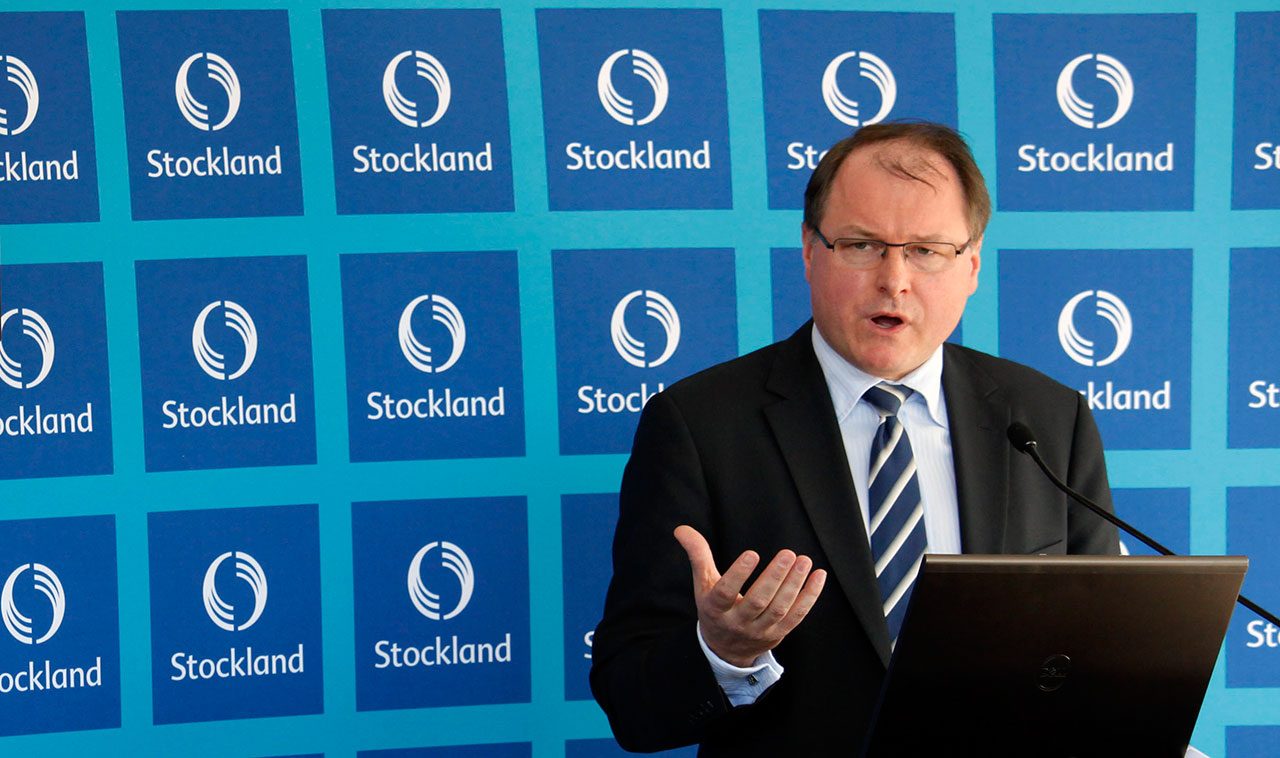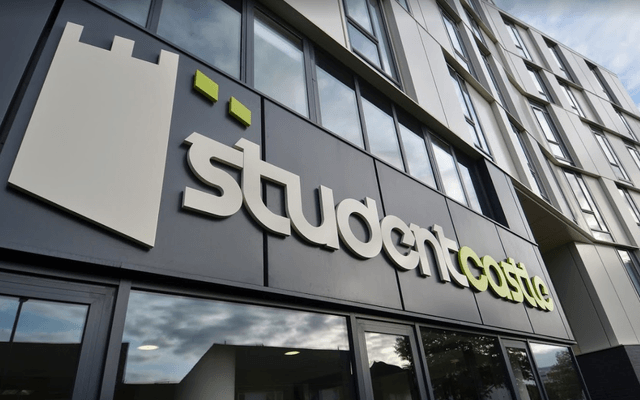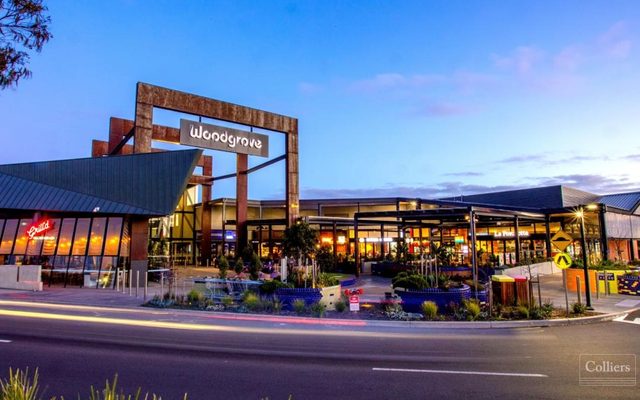This article is from the Australian Property Journal archive
STOCKLAND’S retail portfolio value has taken a $474 million hit as harsh conditions continue to take their toll on traders and landlords.
The devaluation contributed to a net annual profit dive for the major developer of 69.6% to $311 million.
The company is about halfway through its $1 billion retail asset selldown as it seeks to increase its exposure to the much stronger industrial and logistics sector. That has lifted from around 21% initially to 23%, towards its target of between 25% and 35%.
However, the tough retail environment and a glut of properties on the market – totalling about 1.3 million sqm of gross lettable area – has just forced Vicinity Centres to abandon plans to divest 12 non-core assets as well as create a wholesale fund with Singaporean group Keppel Capital. Vicinity’s annual net profit slumped from $1.22 billion to $346.1 million, with the group experiencing a $237.1 million drop in property portfolio value.
Another major player in GPT Group is seeking to offload peripheral retail assets and reduce portfolio exposure to the sector to 40%, while boosting its logistics investments to $3 billion.
Stockland’s funds from operations lifted 4.0% to $897 million, and 5.1% on a per security basis to 37.4 cents. Managing director and chief executive officer, Mark Steinert said this reflected a strong performance in its residential and workplace and logistic businesses.
Adjusted funds from operations was up 3.3% to $780 million, and 4.2% to 32.5 cps. Gearing was 26.7%, within its 20% to 30% target range.
Of the $474 million in retail asset devaluations, 35% were derived from capitalisation rate expansion, about half by the softening of growth rates, and changes to rental income and capital cost re-forecasting as it sought to “remix tenancies and renew some leases at more sustainable levels”, and the remainder was driven by increased land taxes and rates.
“Our retail town centre strategy is focused on improving future income resilience and growth by divesting non-core properties, ensuring rents are sustainable, and remixing tenancies to reflect consumer trends around convenience and experience,” Steinert said.
The retail town centre development pipeline has been reduced by around half in favour of a focus on smaller place making projects. Retail FFO was up 1.1% to $432 million and is expected to stabilise through FY20, with growth forecast from FY21. Comparable growth was down 2.0%, and comparable moving annual turnover growth was 2.3%. Occupancy was 99.3%.
“We continue to execute on our strategic priorities during challenging conditions for the retail and residential markets. We’ve achieved strong momentum with our planned retail divestment program, with $505 million transacted, exceeding the initial $400 million target, and we have finalised a 50% capital partnership for our Aura community.
“These initiatives are enabling us to accelerate our workplace and logistics development pipeline, which now exceeds $2 billion, and the re-stocking of our residential landbank to position us effectively for the future,” Steinert said.
The group has forecast flat growth per security, saying that “conditions remain variable and we are cautious about the pace of recovery in the residential market”.
The residential division delivered an 8% operating profit, despite settlements dipping to 5,900 and the default rate spiking at 7%, well above the usual 3%. Settlements are expected to drop further to 5,000 in FY20, while profit margins will be maintained at about 19%. SGP’s market share increased by 3% to 15% nationally.
“We’ve seen some improvement in market conditions since the federal election in May, with enquiry up around 50% in Sydney and Melbourne, and a range of other positive macro-economic news including interest rate cuts and APRA’s amendments to guidance on mortgage lending criteria,” Steinert said.
“Although sentiment has improved, conditions remain variable as we reach the bottom of the cycle and access to credit remains challenging for many of our customers.”
The group’s portfolio is skewed towards high population growth, rail-serviced corridors in Sydney, Melbourne and south-east Queensland.
Stockland’s $1 billion-plus logistics development pipeline includes facilities at Truganina, Willawong and Yatala that are currently under construction, and 294 hectares of industrial land were secured during the year, including Melbourne Business Park in Truganina in and Gregory Hills in Camden.
The commercial property business delivered comparable FFO growth of 2.1%, at the lower end of our forecast, as the high-performing logistics and workplace sectors partially offsetting the weaker retail sector.
Stockland yesterday announced it had sold its 50% share in 135 King St and the Glasshouse shopping centre in Sydney for $340 million to co-owner Investa Commercial Property Fund, and would take on the remaining 50% stake in the Piccadilly Centre – home of the company’s head office – from Oxford Properties for $347 million.
Investa Office Fund has owned the asset before Oxford Properties acquired the group. Stockland said full ownership of the Piccadilly Centre enhances redevelopment opportunities for the building. The asset is on a 4,800 sqm block with dual street frontages to Pitt St and Castlereagh St.
“The acquisition of the remaining stake in Piccadilly aligns with our accelerated workplace and logistics strategy, which is focused on unlocking development opportunities in Sydney and Melbourne that enhance long-term income growth and increase the valuation resilience of the overall portfolio,” Steinert said.
Stockland redeveloper the 135 King St and Glasshouse building into two premier Pitt St Mall shops leased by retailers H&M and Platypus Shoes, and “substantially” leased the office tower.




